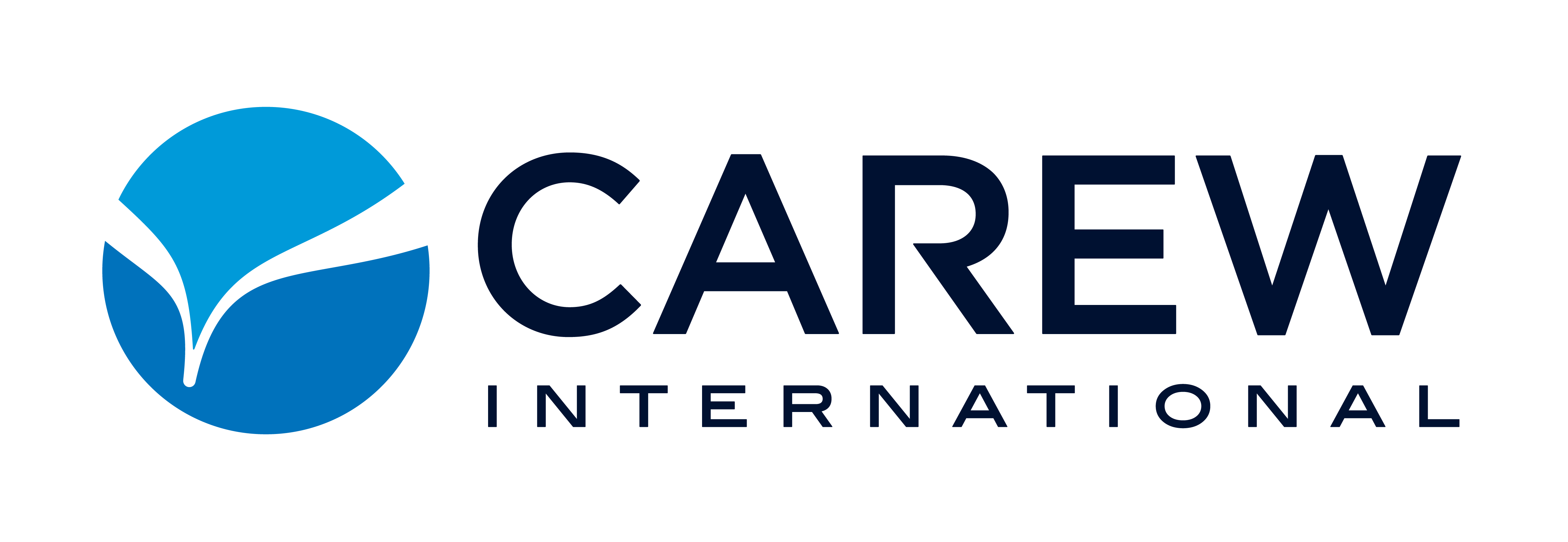Let’s start with a quick story.
A new sales leader walks into a team meeting. She’s five minutes late, laptop open, notifications pinging, eyes darting between Slack and Salesforce. She doesn’t mean to send a message – she’s just busy. But the team reads it loud and clear:
“This isn’t worth my full attention.”
Later that same week, one of her reps – smart, capable, previously high-energy – starts showing up late too. Then another. The team’s Q3 priorities? Half-remembered. One-on-ones? Rushed. Accountability? Slipping.
And just like that, a culture is shaped. Not with a big speech or a major policy shift, but with a thousand small cues.
Culture isn’t declared. It’s demonstrated.
We often talk about “building a strong team culture,” like it’s a project we can put on the calendar between pipeline reviews and forecast calls. But here’s the truth:
You’re already building one.
The only question is whether it’s intentional.
- Do your reps feel empowered to take smart risks, or do they play it safe?
- Do they come to you with challenges or avoid the tough stuff?
- Do they stay late for each other or for fear of what happens if they don’t?
You don’t get to opt out of culture creation. Every Slack message, every recognition (or lack of it), every coaching session you skip, every comment you make under pressure – it all matters.
Your energy, your tone, your time – that’s the real culture document your team reads every day.
The “Invisible” Environment That Shapes Performance
In Carew’s Excellence in Sales Leadership (ESL)® program, we don’t treat culture like fluff. We treat it like fuel – or friction.
The environment you create drives behavior. And behavior drives results.
But here’s the catch: most leaders are too reactive to see the signals they’re sending.
Let’s test it:
- When was the last time you praised a rep for process, not just results?
- Do your reps know what you value, not just what you measure?
- Have you ever asked your team, “What’s it like to be coached by me?”
Because if you don’t define your environment with intention, it gets defined by accident.
You Cannot Not Create an Environment

That phrase always stops people in their tracks during ESL®.
It feels like a riddle at first, but it’s brutally clear:
You cannot not create an environment.
Even silence is a message. Even inaction is a cue. You’re always shaping the air your team breathes.
So what kind of air are you creating?
- One where performance thrives?
- One where growth is safe?
- One where feedback is normal, not nerve-wracking?
- One where reps feel seen, not just tracked?
How to Create a High-Performance Environment (That People Want to Stay In)
Here’s how to shift from an accidental environment to an intentional one:
Show up like it matters
Your team is reading your mood, your energy, and your habits. They take their cue from you. If you treat meetings like interruptions, coaching like a checkbox, and recognition like an afterthought, they will too.
Audit your time
Every leader says they want to coach more. Few actually schedule it. Look at your calendar. Is it aligned with what you say your priorities are?
Make feedback normal
Don’t wait until something’s broken. Make feedback a rhythm, not an emergency. Use the 2:1 rule: two reinforcements for every one redirect.
Ask, don’t assume
Don’t guess what motivates your reps. Ask. Don’t guess how they want to be coached. Ask. Don’t guess what they’re struggling with. Ask.
Say what you stand for
Culture loves clarity. If growth, accountability, or trust matter to you – define what it looks like. Talk about it. Reinforce it. Recognize it in action.

FAQ: What Leaders Ask Us in ESL®
Bonus Download:
Want to make your recognition more meaningful (and memorable)?
Grab our free worksheet:
Personal Motivation Worksheet + Reward Ideas for Sales Leaders
Use it to uncover:
- Favorite snacks, songs, and motivators
- Personal reward ideas that actually resonate
- Simple ways to make feedback stick and milestones matter
Built for busy leaders who want to motivate intentionally.

📥 Complete the form below to download our free worksheet.

